
How Demographic Audience Analysis Can Help Shape Brand Success
Let's first outline the basics. Demographic audience analysis is more than just crunching numbers and categorizing audiences into age, gender, or income brackets. Instead, it's vital to see the analysis process as an insightful journey into understanding your audience at a deeper level. This analysis plays a central role within the broader realm of Audience Intelligence, providing a framework to interpret behaviors, preferences, and decisions stemming far beyond demographic data.
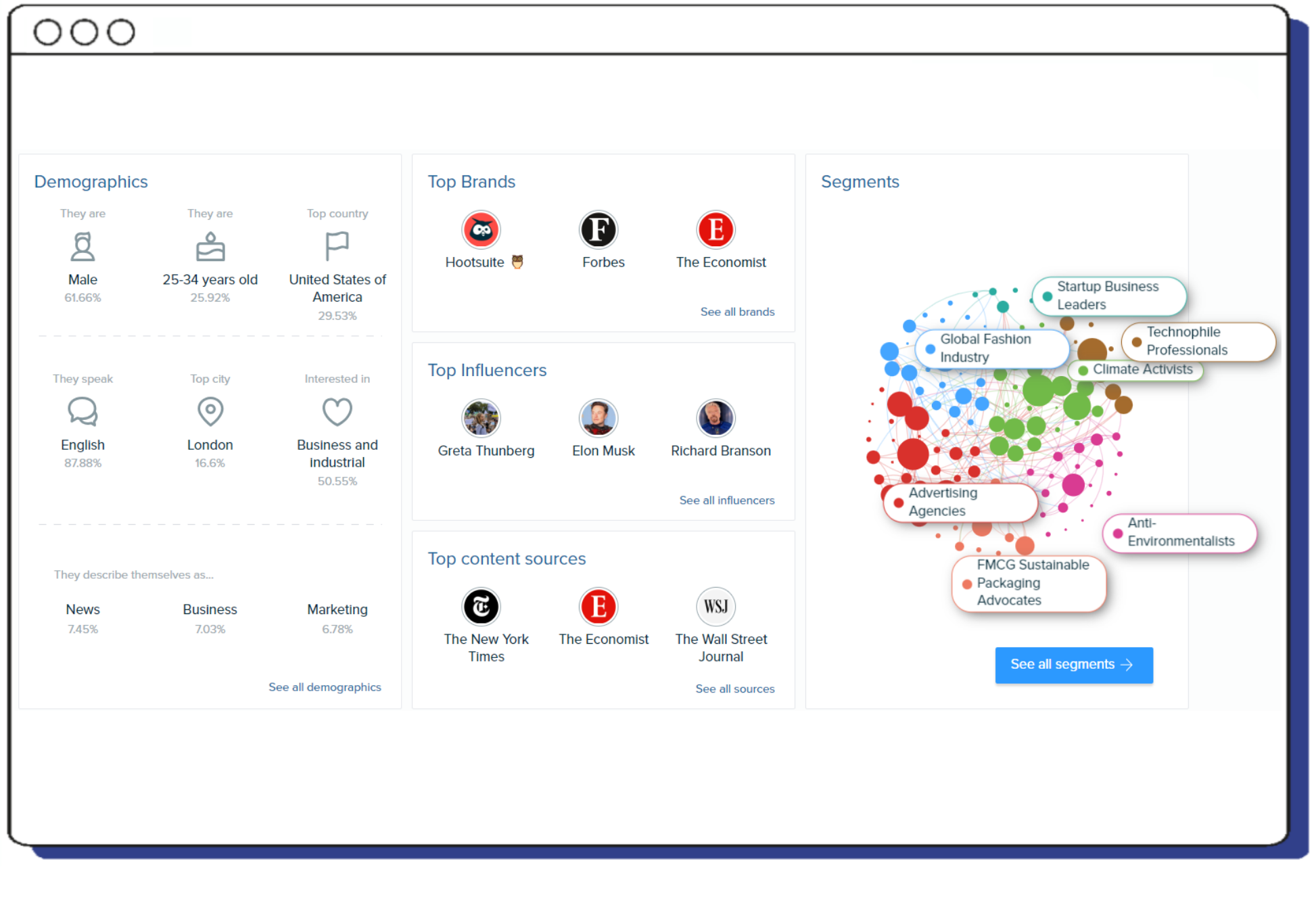
However, savvy marketers know that demographics are just the tip of the iceberg. While these data points offer valuable insights, they don't fully capture the essence of your audience as real-life, complex individuals with thoughts, feelings, purposes and habits. For your marketing and comms to consistently resonate, demographic data alone isn't enough to provide a nuanced understanding of your audience, truly reflective of who they are.
This article will explore how demographic audience analysis can be transformative through concrete, real-world examples. By correlating demographic factors with real-life consumer behaviors, we can uncover insights into what drives purchasing decisions and online engagement.
Demographic audience analysis, when part of the broader Audience Intelligence picture, is more than sorting and segmenting; it's about connecting with your audience at a level that transcends mere data, crafting strategies that resonate and lead to brand success.
In essence, while demographics provide a sketch, the real art revolves around understanding the vibrant strokes that define individual preferences and behaviors that characterize your audience.
For a more introductory article to audience demographics, including what they are and how to find and analyze them. Head to our article, titled “What is audience demographics analysis?”.
Table of contents
What is demographic audience analysis?
Demographic audience analysis refers to collecting and analyzing an audience by its demographics, including age, gender, income, location, education, etc. This form of audience analysis is often the first and simplest step in examining your customer base. Revealing the statistical characteristics of your audience will allow you to build a solid foundation of your audience and who they are, a necessary first step for more nuanced examining in the following stages.
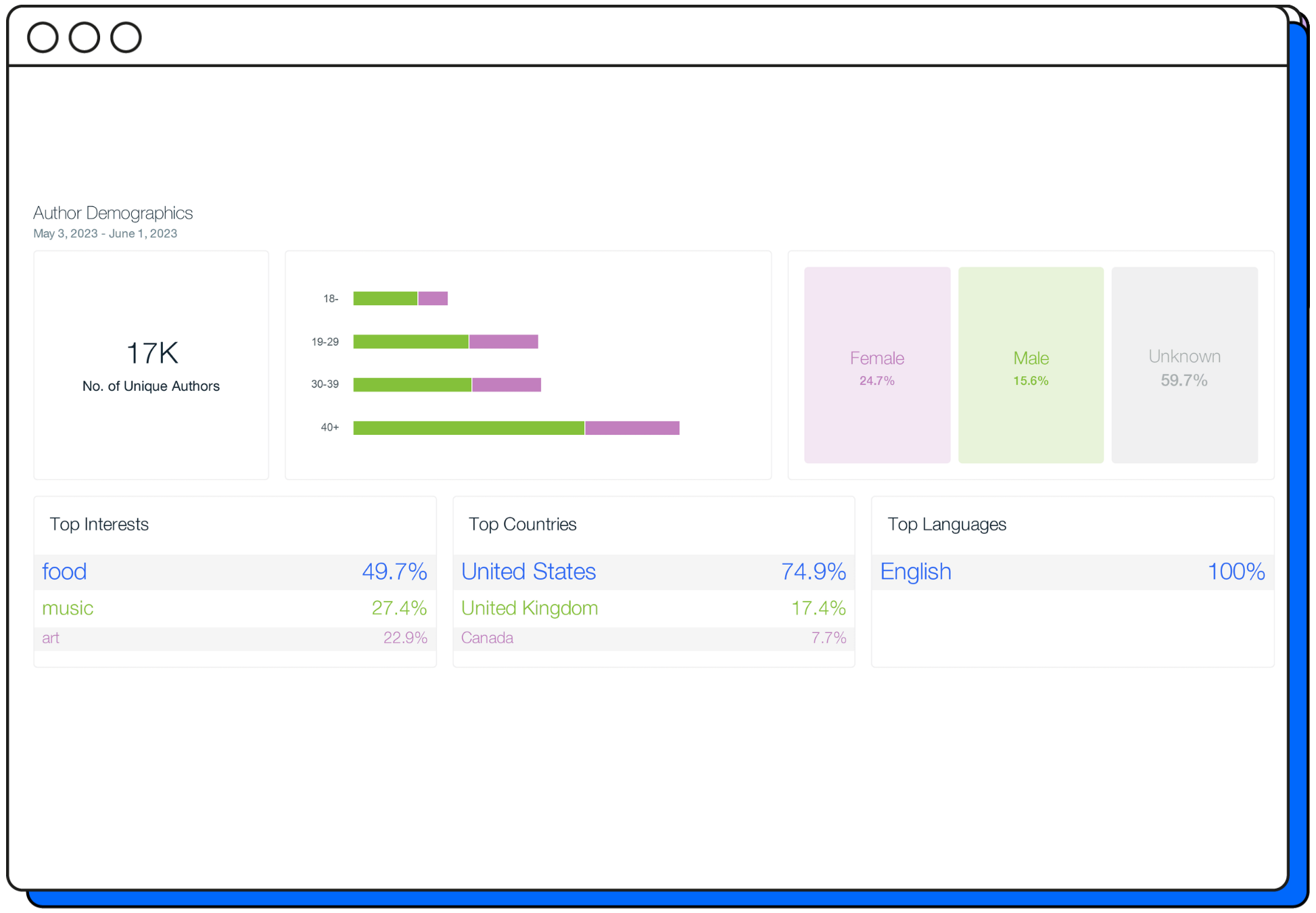
Demographic audience analysis in action
At Pulsar, our belief is steadfast: going beyond the confines of traditional audience demographics is essential for marketing and communications success. While conventional demographic data offers a foundational understanding of your audience, Audience Intelligence is what will make all the difference when it comes to amplifying your impact.
While we've said it before, it's a must to reiterate. Understanding your audience involves more than just demographics. It's about painting a clear, distinct and multi-dimensional picture that captures who your audience are, as well as their distinct behaviors, preferences, and the unique segments they form. Demographic audience analysis plays a vital role, but misses valuable detail when applied alone.
So, how do we transcend traditional demographic analysis? Well, it's simple when you have access to the right tools. Pulsar TRAC - our advanced Audience Intelligence tool - doesn't just stop at demographic details; it dives deeper, exploring characteristics, consumer behaviors, and the essence of public conversations, among other facets. This holistic approach enables brands to connect with their audience, releasing campaigns and content that consistently resonate with their target market.
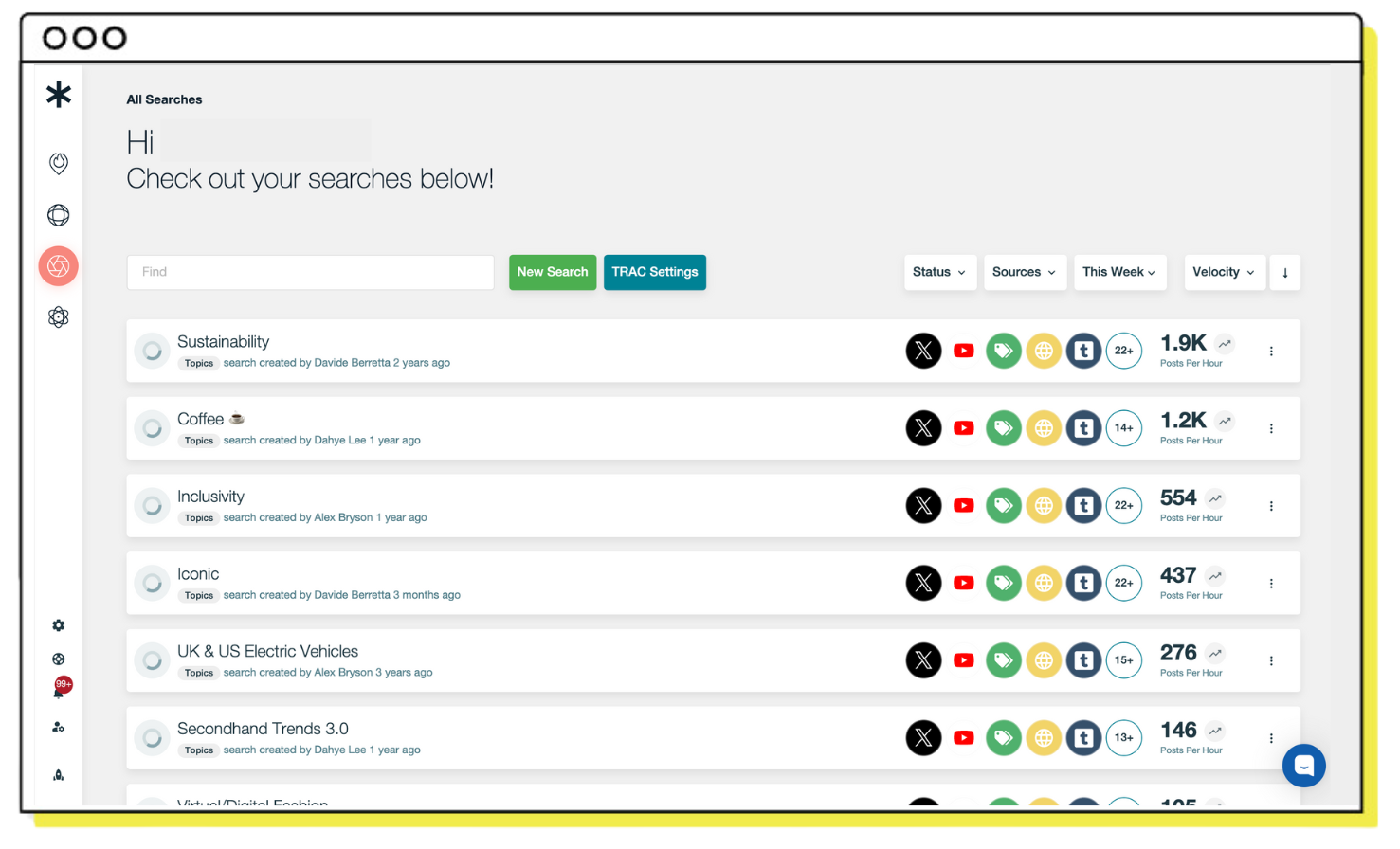
To illustrate the power of audience demographics analysis as a part of the broader Audience Intelligence approach, let's now explore some real-world case studies from Pulsar users. These examples showcase how an enriched understanding of audiences, going beyond mere demographics, was the key to increased brand success.
Demographic audience analysis: Success stories
Fulham FC’s strategic use of demographic audience analysis
When we delve into the realm of demographic audience analysis, the case of Fulham FC stands out as a compelling example of how this approach can dynamically shape a brand's success. This Premier League football club's journey through the 2021/22 season was not just about their triumphs on the pitch but also about the strategic plays they made in understanding and engaging with their diverse fanbase.
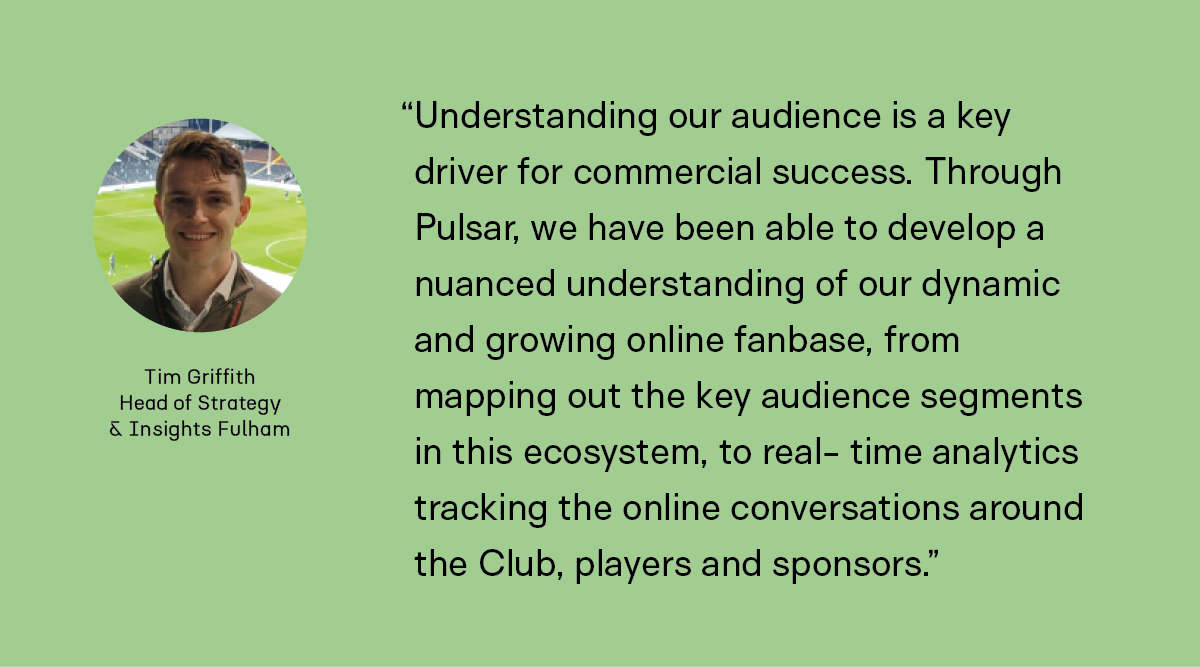
Segmenting the fanbase for precise targeting
Fulham FC's challenge was to comprehend a fanbase that was neither monolithic nor static. By leveraging Pulsar’s Communities tool, the club moved beyond the surface of traditional demographic data to segment its audience into distinct groups based on online behaviors and affinities. This segmentation illuminated the varied nature of their fans, from South American enthusiasts to local diehards, enabling the club to tailor its messages and engagements to resonate with each unique segment.
Engaging with nuanced messaging
Understanding the multifaceted nature of their fans allowed Fulham FC to adopt a targeted approach in their communications. The club could craft specific messages for different fan segments - local, hardcore fans received different messaging to newer, global fans. This strategy ensured comms regularly struck the right chord, resonating with fans and enhancing engagement and loyalty.
Commercial strategy: Aligning with fan sentiments
In the sports realm, fans' reactions to sponsorships and partnerships are pivotal. Fulham FC's detailed audience analysis proved invaluable here. By tracking and understanding the varied opinions surrounding new sponsors and commercial decisions, they could align their commercial strategies with fan sentiments, ensuring that every partnership and sponsor resonated well with their diverse fanbase.
Adapting to audience dynamics
The dynamic nature of Fulham FC's audience, shaped by their performance and off-field activities, necessitated an adaptable approach to branding and fan engagement. Advanced audience analysis provided the club with real-time insights, allowing them to respond swiftly and aptly to shifts amongst fans, including behaviors and preferences, keeping their fan engagement strategies both relevant and effective.
~
Through their journey, Fulham FC demonstrates how demographic audience analysis is more than a mere exercise in data collection. It's about translating these demographics into real-life behaviors and preferences and using these insights to inform and shape every aspect of brand strategy - from marketing comms to commercial partnerships. This case study exemplifies how a nuanced understanding of your audience can lead to informed decisions and, ultimately, brand success.
Oxford University’s strategic use of demographic audience analysis
At Oxford University, an institution steeped in history and academic prestige, the challenge isn't just about maintaining its renowned reputation but remaining on top. In the competitive arena of attracting top academic talent and securing research funding, Oxford's nuanced use of demographic audience analysis was pivotal in shaping the university's success in modern academia.
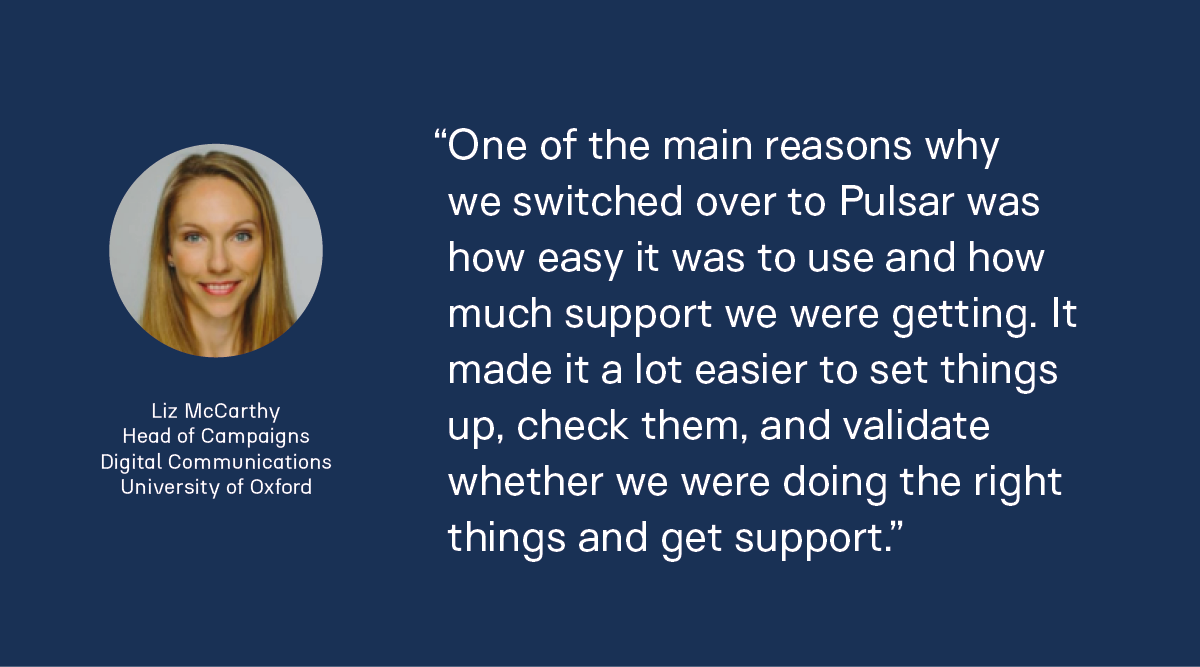
Navigating influence
To make Oxford's research a talking point among influential figures like policymakers and funders, Liz McCarthy, head of Campaigns & Digital Communications at Oxford, places heavy importance on ensuring that the university's research doesn't just exist in academic journals but reaches and influences the right people.
Beyond basic demographics: A tailored approach
Faced with the need to make Oxford a leading voice in discussions about the climate crisis, Liz turned to Pulsar's audience intelligence tools. It wasn't about just tracking mentions or superficial metrics. Instead, Liz's strategy delved into different demographics across various platforms, from TikTok's youthful energy to the in-depth discussions on Reddit. This approach allowed Oxford to go beyond monitoring by understanding the diverse voices and perspectives currently participating within and leading the climate debate online.
Crafting communication
The insights gleaned from Pulsar weren't just numbers and graphs. They were the keys to unlocking effective communication strategies. For example, they helped Liz's team decide whose tone to mirror in their campaigns, which influencers to connect with, and even tweak their language to resonate more with their audiences. It was about aligning Oxford's academic rigor with the dynamic, ever-shifting landscape of public discourse.
Impact beyond immediate metrics
Oxford didn't measure success in likes or shares but in how well they positioned their academics as thought leaders in crucial global discussions. The true victory was getting their research into the hands of those attending significant events like COP26, influencing policy and shaping debates. This long-term, impact-focused approach is what sets Oxford apart.
~
The application of demographic audience analysis at Oxford University is a testament to how traditional academic institutions can adapt and thrive in the digital age. By marrying its rich academic heritage with cutting-edge audience analysis, Oxford continues to forge a path that enhances its brand.
RREAL’s strategic use of demographic audience analysis
RREAL (Rapid Research, Evaluation and Appraisal Lab) at UCL, in collaboration with Oxford University’s Ethox Centre, demonstrates a pioneering approach to utilizing audience demographics analysis for impactful public health research. They faced a unique challenge: to understand vaccine hesitancy among healthcare professionals. The complexity of this issue required a sophisticated approach beyond traditional research methods.
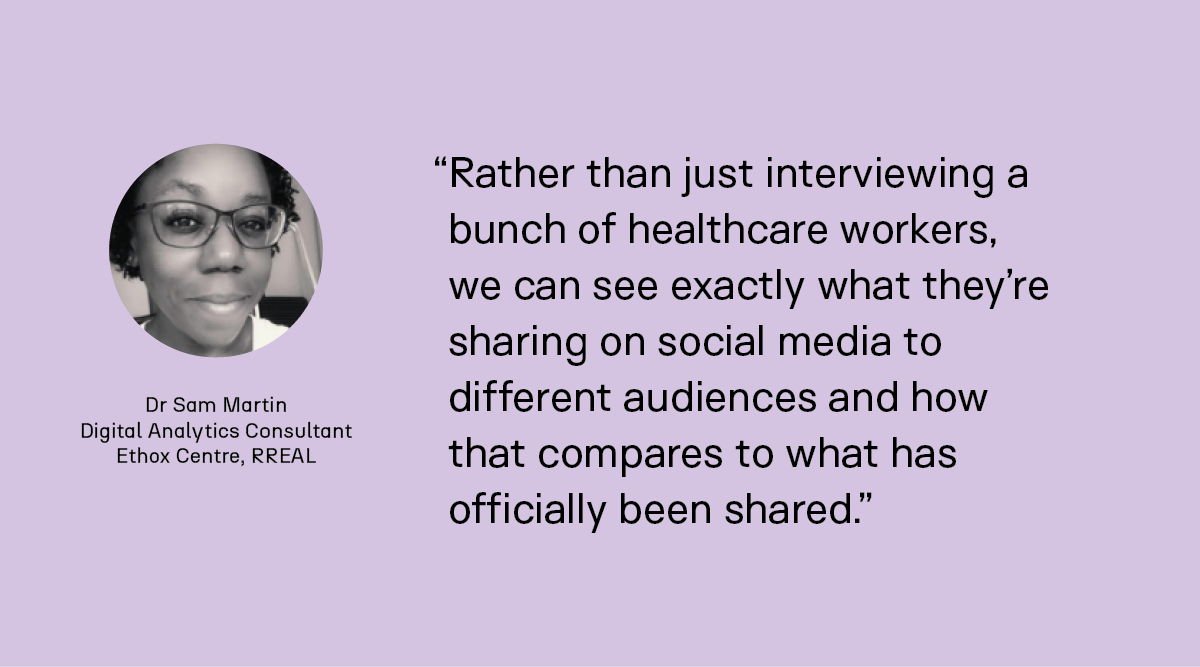
Uncovering the sentiments
Utilizing Pulsar's advanced audience intelligence capabilities, RREAL embarked on a mission to delve into the intricate web of opinions and sentiments among healthcare workers. Their strategy hinged on leveraging demographic data to pinpoint specific conversations and trends.
Demographic targeting
The team employed Pulsar’s bio keyword filter to accurately identify and segment healthcare professionals based on their online discourse about vaccines. This process exemplifies the essence of demographic audience analysis, focusing on professional attributes to unravel deeper behavioral insights.
Revealing behavioral patterns
By analyzing these segmented conversations, RREAL gained invaluable insights into how different healthcare demographics perceived and communicated about vaccines. This step moved beyond traditional data collection, linking demographic traits to specific attitudes and beliefs for more nuanced, actionable insights.
~
Through Pulsar, RREAL navigated the complex landscape of public health opinions while using demographic analysis to foster informed, effective responses to pressing health-related issues. The findings influenced public health policies and communication strategies, demonstrating the profound impact of demographic audience analysis in real-world scenarios.
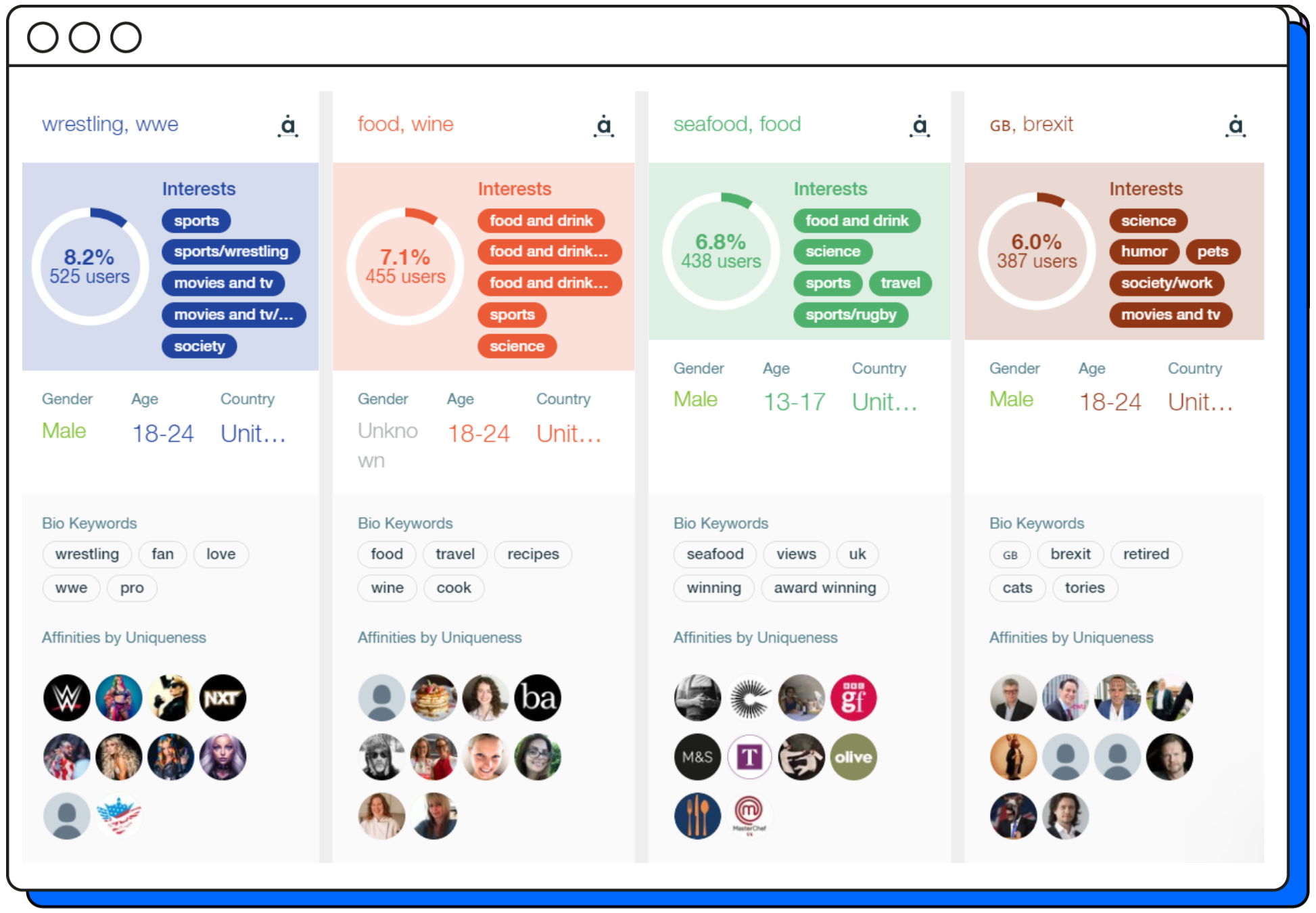
The importance of demographic audience analysis
Delving into the intricacies of demographic audience analysis, as highlighted in this article, will allow you to fine-tune your marketing efforts to align precisely with your target audience's needs and preferences.
For a more detailed exploration of demographic data, head to our introductory guide on audience demographics to discover the full potential of demographic audience analysis and how it can transform your approach.
To stay up to date with our latest insights and releases, sign up to our newsletter below:


